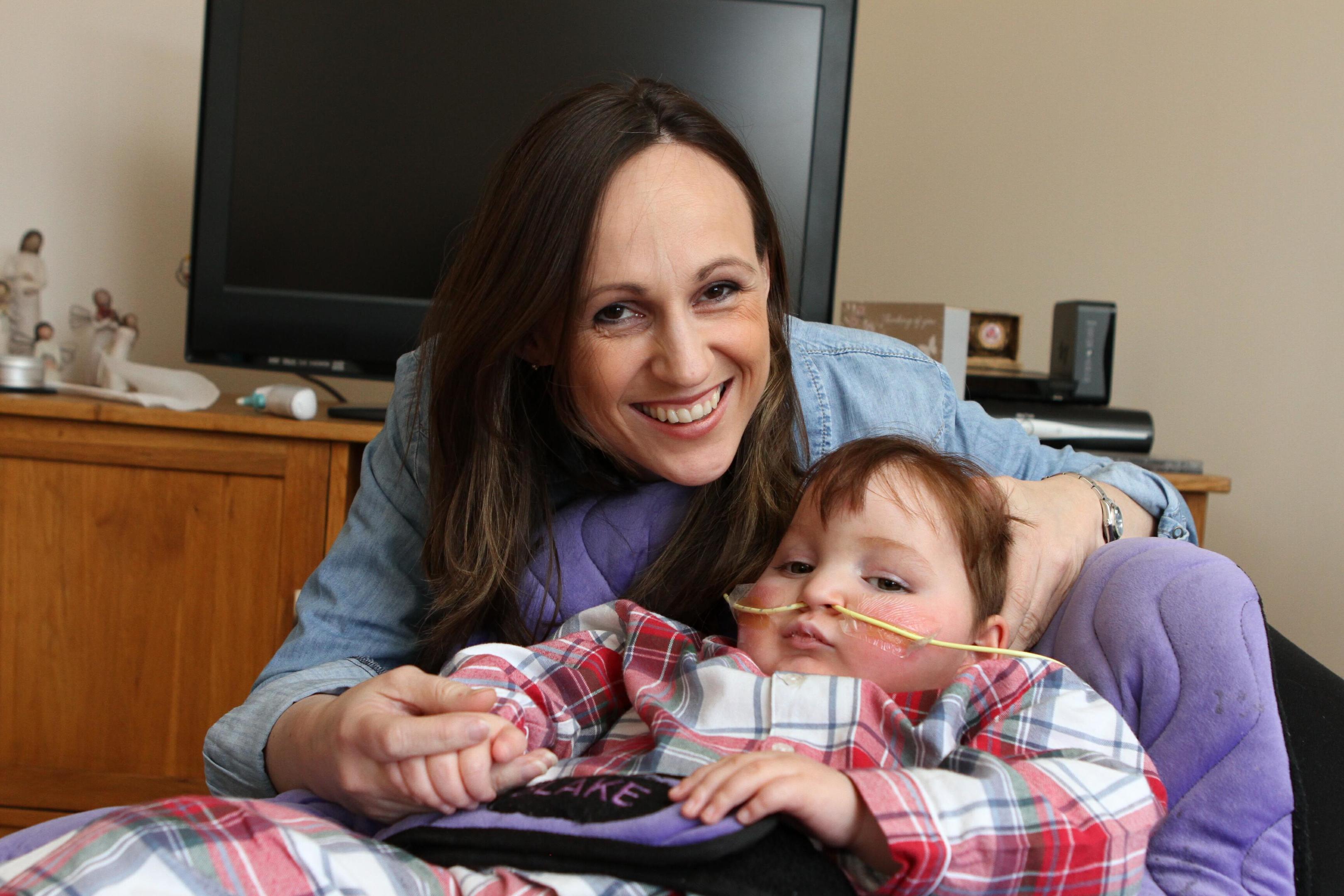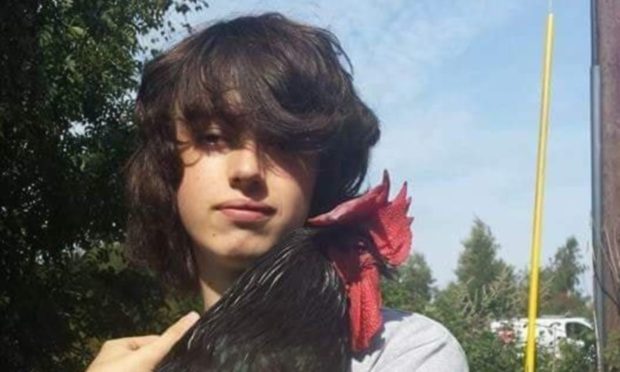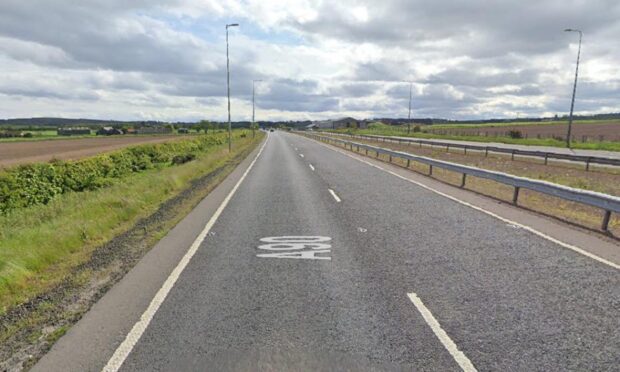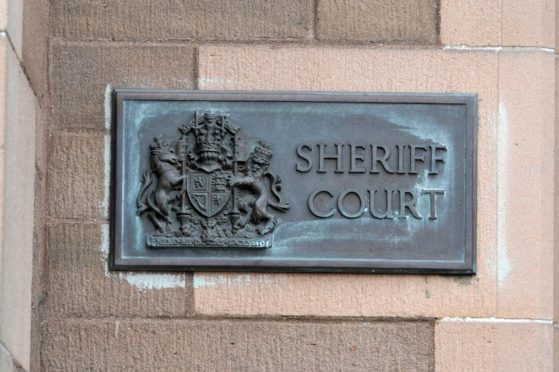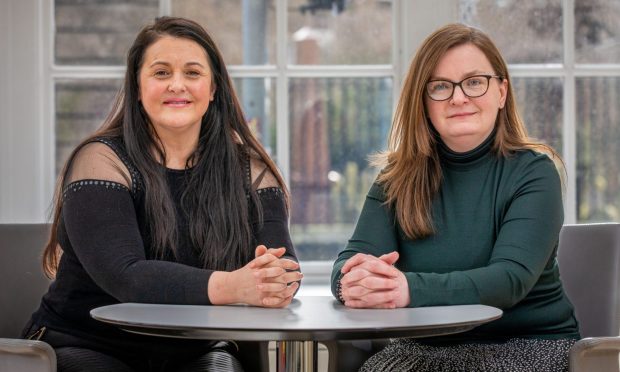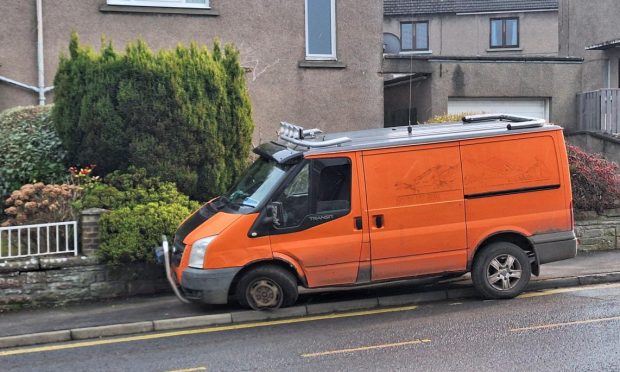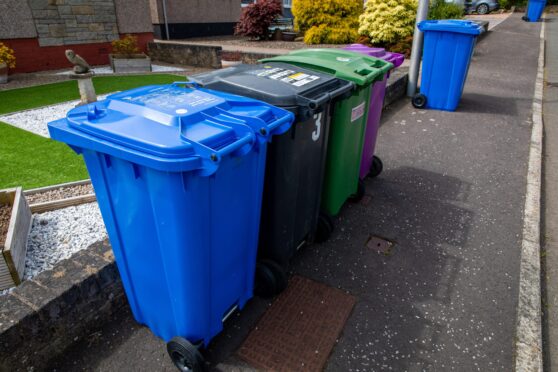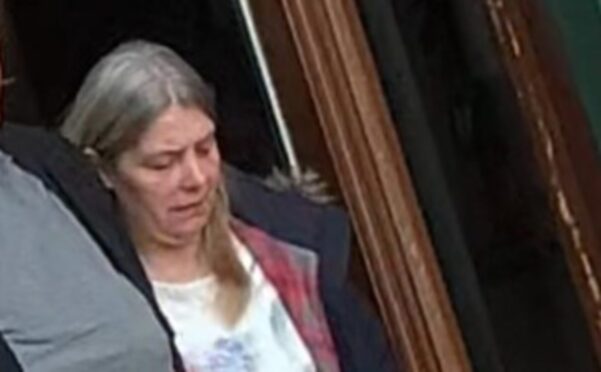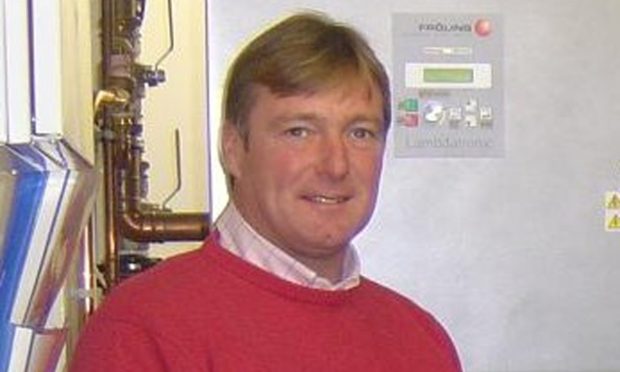An Angus mother has hailed an “amazing leap of faith” by researchers which could bring a cure for her son’s rare condition one step closer.
Blake McMillan, 5, from Carnoustie was born with MECP2 Duplication Syndrome, an extremely rare genetic illness which causes serious and life-threatening complications.
He cannot walk, talk or eat and requires 24-hour care.
Scientists in the US have shown a link between protein levels and two closely-linked conditions — MECP2 Duplication Syndrome and Rett Syndrome.
Blake’s mother Jenny has spent years raising money towards clinical trials for Dr Huda Zoghbi and her colleagues.
The 40-year-old said she was delighted to find out that UK fund Reverse Rett or RSRT has announced it will put up the money to bridge the gap between fundraising and the costly project.
Jenny said: “RSRT has committed to Dr Zoghbi’s project, meaning that it can move forward despite the fact that we have not funded it.
“This is an amazing leap of faith that RSRT has provided for us and we now need to do everything we can to provide these funds. Every pound counts.
“As much as I would love to take a back seat on fundraising for a while, sadly I can’t. My boy needs me to do this for him.
“I nearly lost him last year and I’ll never forget how scared I was. In the grand scale of things, our target is pretty small.”
Dr Zoghb’s 2015 research showed deep brain stimulation in mice can restore the electrical activity of brain circuits that become abnormal when there is either too little MeCP2 protein — as occurs in Rett syndrome — or too much MeCP2 as in MECP2 duplication syndrome.
In the study, the authors uncover some of the mechanisms by which inappropriate levels of the MeCP2 protein affect the fine circuits within the brain.
Visit www.justgiving.com/fundraising/reversemecp2blake to help with Jenny’s fundraising.
